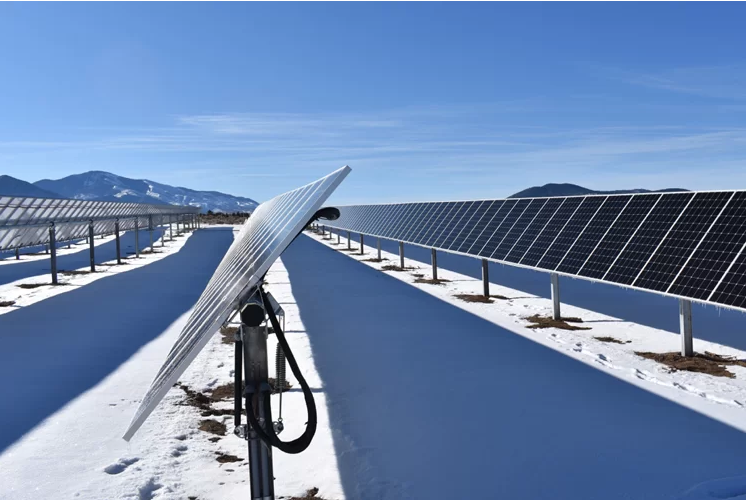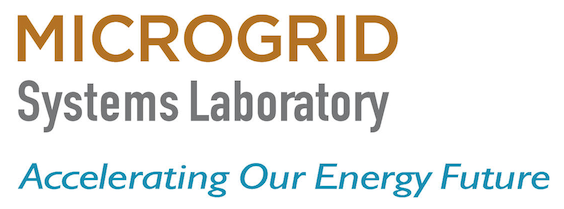Investing in Resilience & Access: The Microgrid Energy Landscape
The Potential Uses and Benefits of Microgrids
by David Breecker, Microgrid Systems Laboratory
Private investment capital at scale will be necessary to achieve our global energy goals and to avert catastrophic climate change, while also meeting the United Nations Sustainable Development Goals and achieving universal access to clean energy. Microgrids (or mini-grids, as they are known in the developing world) are one essential component of this energy transition.
According to the U.S. Department of Energy, “A microgrid is a network of distributed energy resources and loads that can disconnect and re-connect to the larger utility grid as a single entity, allowing the connected loads to be served during utility outages. Microgrids can also be found in remote locations where they may not be connected to a larger grid.” These small-scale integrated energy systems are becoming an increasingly common feature of the renewable energy landscape.
They offer a high degree of resilience to utility outages caused by extreme weather events, aging assets, or cyber- and physical attacks on grid infrastructure, by disconnecting (or “islanding”) from the bulk grid and operating autonomously; and they present an opportunity to move more aggressively to 100 percent renewable energy right now. They are also considered to represent as much as 40 percent of the solution to energy poverty challenges worldwide, affecting over 2 billion people with inadequate access.
Read about the varied uses for Microgrids and potential benefits as well as the increasing investment opportunities, all in David's article here.
========




